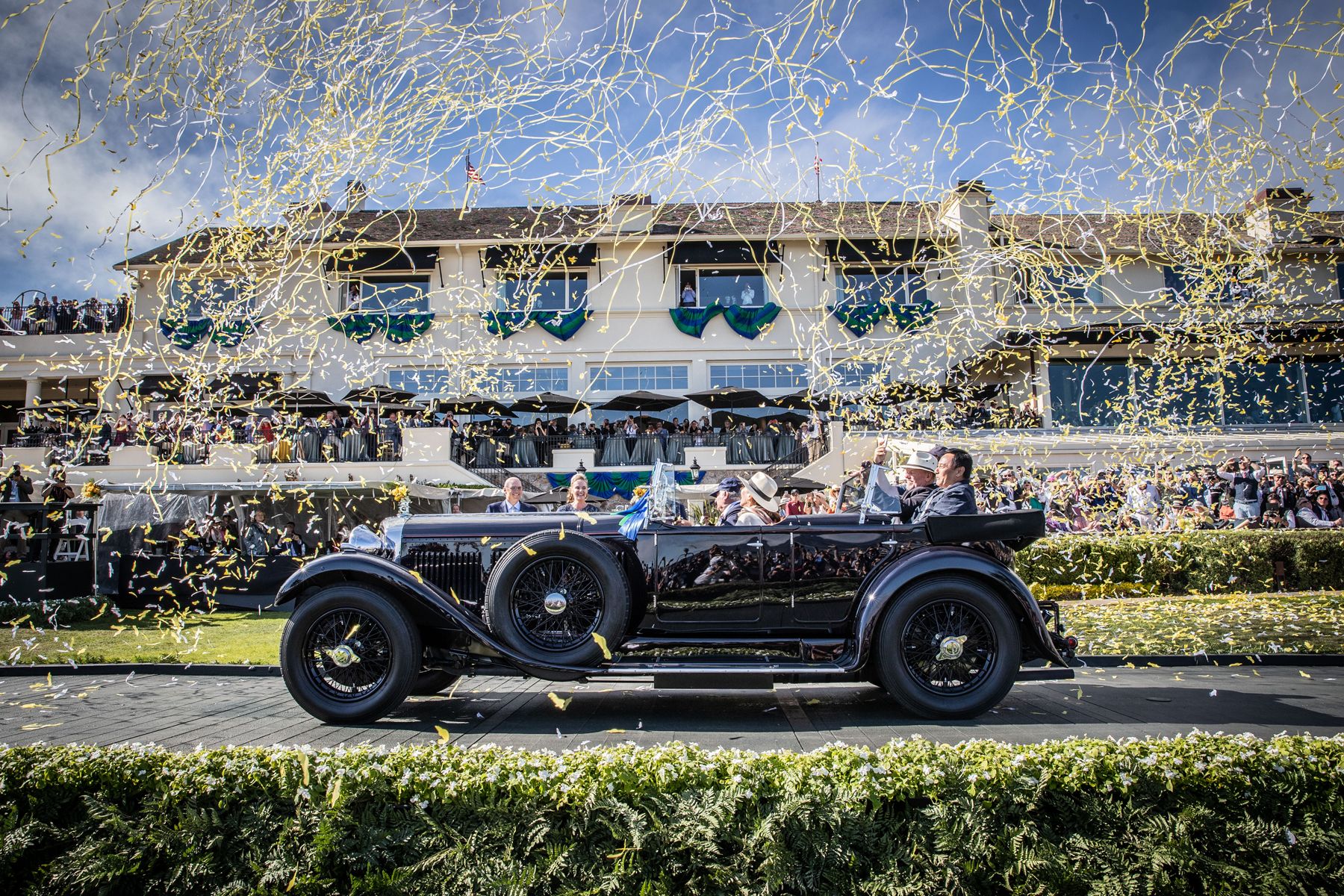The Pininfarina Battista is the most powerful road-legal car ever to come out of Italy. It’s probably worth pondering that for a second. Thanks to a 120 kWh lithium ion battery pack, the Pininfarina Battista produces approximately 1,900bhp and 1,696 torques. Barmy numbers. And because of the unique properties of e-motion, it’s enough to give this drop- dead beautiful looking thing Formula One car-style acceleration. Zero to 62mph apparently takes a tarmac-melting sub-two seconds, 186mph up in less than 12. All without the toxic haze of spent hydrocarbons from the tail-pipe, which is the more relevant point.
You know Pininfarina, of course. Founded in 1928, this is Italy’s most famous automotive design house, creator of more gorgeous cars from Alfa Romeo, Fiat, Lancia than we could possibly list here. Its first post-war creation, 1946’s Cistitalia 202, is one of only nine cars to live in the permanent collection of New York’s Museum of Modern Art. And when Battista ‘Pinin’ Farina met Enzo Ferrari midway between Turin and Modena in 1951 (neither would subjugate their ego enough to visit the other’s HQ), the deal was done to exclusively clothe Ferrari’s oily bits and chassis’. Talk about heritage.
Finally, Pininfarina has got round to doing its own car. Automobili Pininfarina is hoping to parlay the company’s history into juicy, standalone success. It’s a new company, located in Munich, that sits parallel to the established.
Pininfarina SpA based in Cambiano, near Turin. The project follows the company’s 2015 acquisition by Indian industrial giant Mahindra, which paid around £125m. The plan is to build a total of 150 Battistas at a cost of approximately £2m each, and it sees itself ‘as a pioneer in the luxury EV space’.
The car itself uses a carbon fibre monocoque, with the batteries housed behind the occupants and along the sides in a T format. The electrical architecture is being co- developed with Rimac (itself 10 per cent owned by Porsche, and a supplier to Aston Martin, Renault, and others). It’s still heavy, of course (tellingly, no one has confirmed exactly how heavy) but Pininfarina insists the layout delivers the optimum weight distribution: with four motors feeding power and torque to each wheel, it also features torque vectoring, though 1,900bhp is a challenge. Ex-F1 driver Nick Heidfeld is currently grappling with that one, along with former Porsche, Pagani and Bugatti chassis guru Dr Peter Tutzer. Braking is by carbon ceramic discs and six-piston calipers, 390mm diameter at the front, 380mm at the rear. Its range is likely to be around 300 miles, 80 per cent of which can be replenished in 40 minutes on a rapid charger.
The cockpit features a ‘vanishing point’ aspect to the main display and a futuristically driver-centric layout. The interior is covered in the finest materials, although expect to see fashionable recyclable materials rather than leather. Each car can be personalised to whatever degree the client seeks to achieve. That’s the really lucrative part of the game these days.


